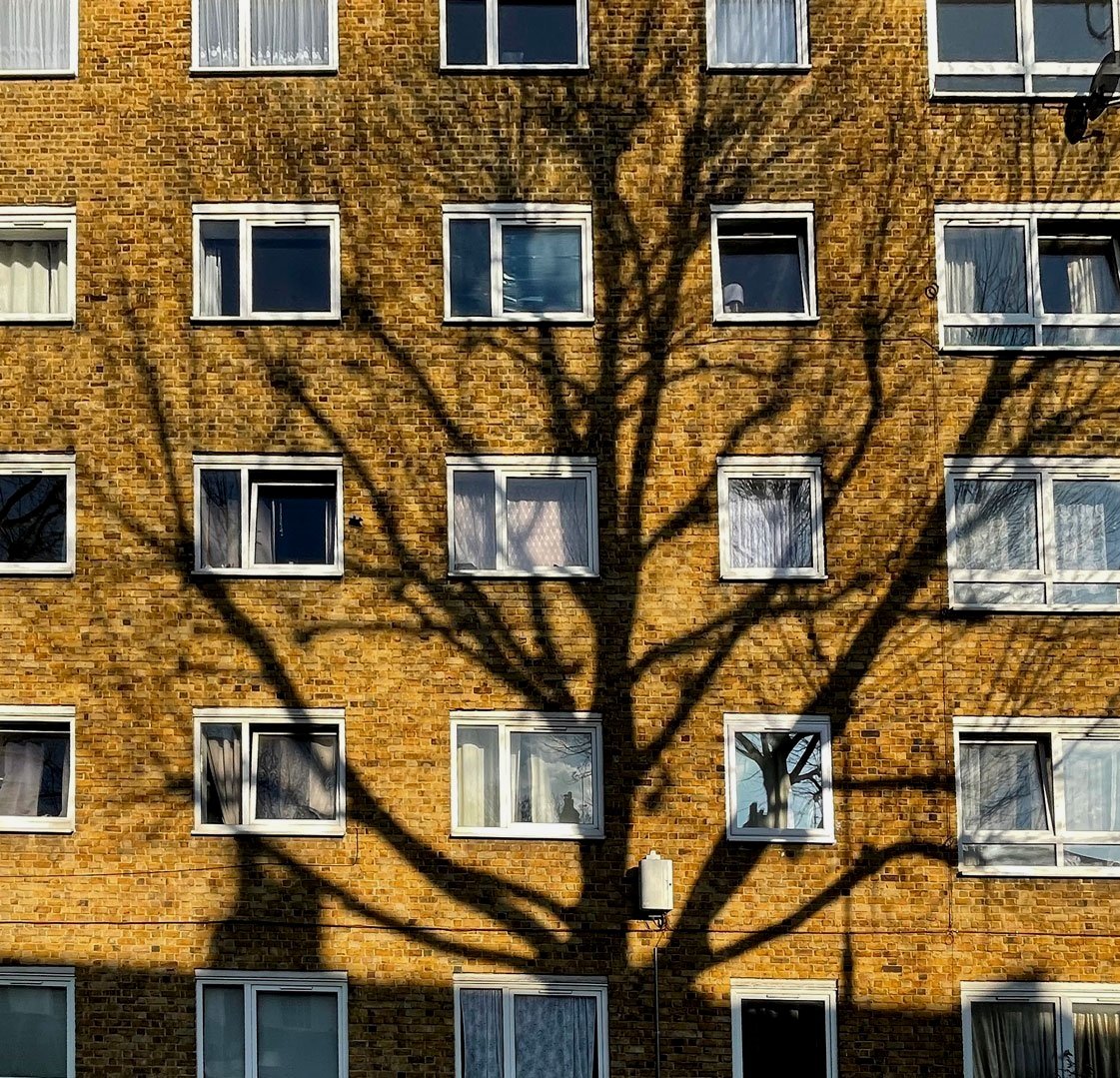
Protected Trees & Tree Law
We can help where trees are protected by a Conservation Area, Tree Preservation Order (TPO), planning conditions or need a Felling Licence.
We can negotiate and specify works to trees and make applications or s211 notifications.
Providing supporting expert evidence for applications and appeals.
Submitting objections to new TPOs.
Appealing refusals or non-determination.
When things don’t go as planned or enforcement action is taken.
We can review the situation, check the Local Authorities actions and explain all the options and their chances of success.
We can liaise with Local Authorities on your behalf and can assist or represent you in negotiations.
Provide specific technical guidance or opinion to support your position or to inform both parties to an action.
Plan appropriate remediation / mitigation where it is reasonable to do so.
How we can help with protected trees.
Dealing with protected trees can be complex, whether they are in a Conservation Area or subject to a Tree Preservation Order (TPO). If you’re planning work on or near a protected tree, it’s important to follow the correct procedures to avoid legal issues and potential fines. We are experienced in navigating the rules and regulations surrounding protected trees in the following areas:
-
If you are seeking permission to prune or remove a TPO tree you’ll need to submit an application using the standard form giving a detailed explanation of what you are applying to do and the reasons for the work. You’ll also be expected to provide evidence supporting any claims you make in the application which can require technical expert opinion or assessment. Things are slightly different in Conservation Areas as you are providing notice of your intent rather than asking for permission, so the process is less onerous but its still important to communicate the specification properly.
-
We can help you challenge a refused application or appeal against non-determination where the LPA have not decided on your application within the statutory timeframe. An appeal must be based on the information submitted at the application stage so it may be that where that is lacking, we need to submit a second application.
-
When a new TPOs is served it is provisional for six months before it is ‘confirmed’ and made permanent. This provisional period is to allow consideration of objections and support received in the 28 days after serving the order. We can help draft and issue an objection and present the case against confirming the order at planning committee.
Due to the way the legislation is structured this is your only chance to challenge the existence (or scope) of the order. (You can apply to have trees removed in the future but the order itself will still be there).
-
Where work has been done to a protected tree without consent or where the tree has been damaged (either deliberately or by accident) it is possible that an offence has occurred. Enforcement action normally has to be weighed against a number of tests before it proceeds – one of which is whether the tree has been materially damaged or its value lost. We can assist with a detailed investigation into the effect on the tree and provide an opinion on whether the long-term health and visual amenity of the tree has been affected.
Get in touch to discuss your situation today.

FAQs
-
A Tree Preservation Order is a legal order made by a local planning authority in England to protect specific trees, groups of trees or woodlands in the interests of amenity. An Order prohibits various activities such as felling and pruning of trees without the local planning authority’s written consent.
-
Pretty much. There are several different types of TPO, and some protect all trees of any species and age within an area. On occasion, which can include Leyland Cypress and Sycamore seedlings - whether it appropriate to confirm a TPO on such trees is a different question!
-
You can check with your local council’s planning department. Most councils have online maps or records where you can search for TPOs and Conservation Areas, but some expect a specific enquiry and take some time to get back to you.
-
Carrying out unauthorised work on a tree with a TPO or within a Conservation Area can lead to serious consequences, including fines of up to £20,000 (or unlimited fines for more serious offences). It’s worth noting that there is an offence for causing the work but also for permitting it.
-
You’ll need to submit an application to your local planning authority, outlining the proposed work to a high level of detail and providing a clear justification for the work. In many cases, expert evidence can strengthen your application. We can assist with preparing the necessary documents and submitting the application.
-
Yes, if your application is refused, you have the right to appeal to the Planning Inspectorate. An appeal must be based on the information submitted at the application stage so it may be that where that is lacking, we need to submit a second application.
-
If you’ve been accused of unauthorised work to protected trees, it’s important to act quickly as there are normally expected deadlines for action. We can review the situation, advise on your options, and help you respond appropriately.
-
If a tree is protected, it may restrict development or require specific measures to be taken to avoid damage. Local planning authorities will expect a tree survey or arboricultural impact assessment if your project affects protected trees. Seeking professional advice early on can help prevent issues later.
-
Yes, if your local authority places a new TPO on a tree, you have the right to object. Objections need to be well-reasoned and submitted within a specific timeframe. We can discuss the options, the chances of success of various arguments and assist in preparing an objection if you believe the TPO is unjustified.
-
Just give us a call, email or contact us using the contact form below. We’ll get back to you directly to have a chat about what you can do and how we can help.

